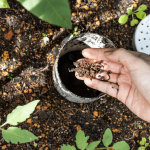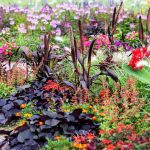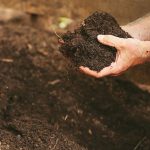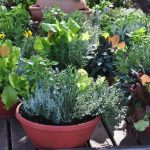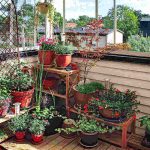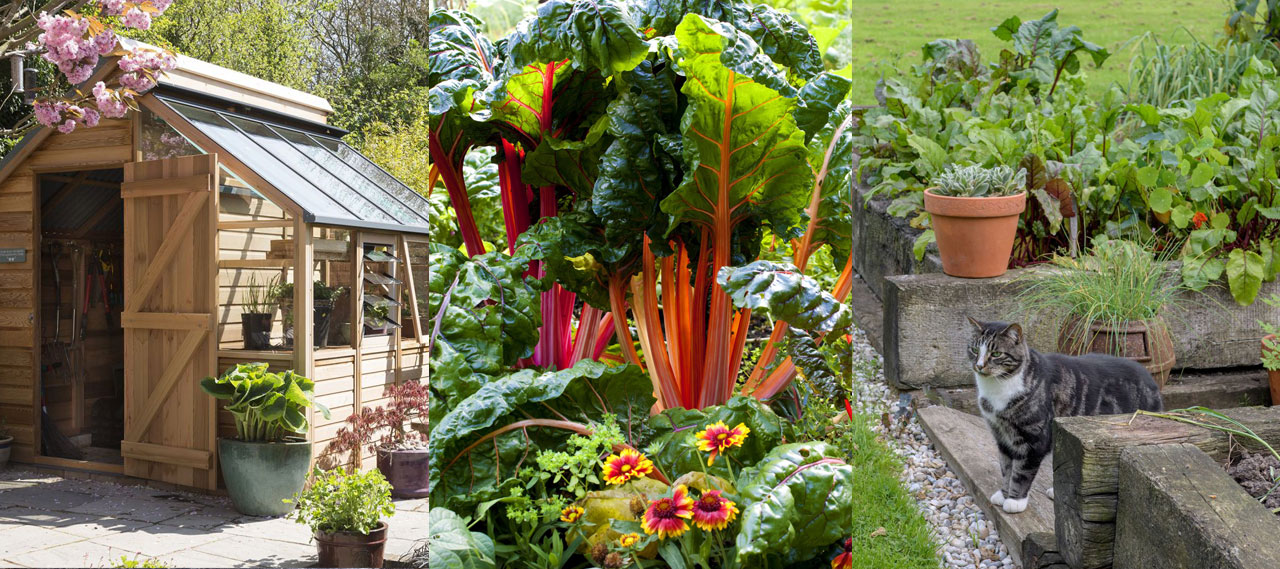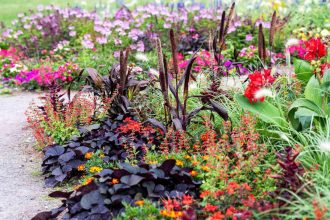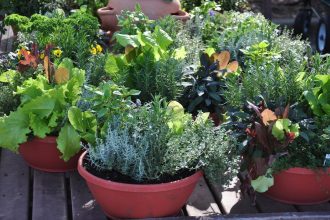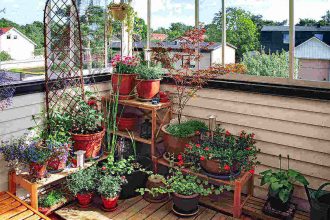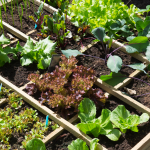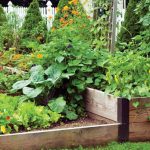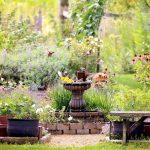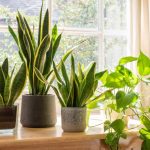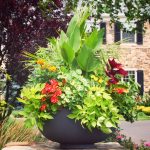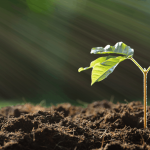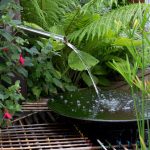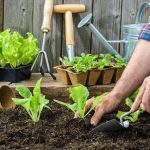In a world where space is a luxury, the idea of cultivating a flourishing vegetable garden may seem like a distant dream for many. However, with the art of container gardening, even the smallest of spaces can be transformed into a vibrant green oasis. Whether you’re a city dweller with only a balcony to spare or a suburbanite looking to maximize your limited yard space, this article is your guide to unlocking the potential of vegetable gardening in small spaces. Join us as we delve into the world of container gardening and uncover the top tips and tricks for growing a bountiful harvest, no matter the size of your plot.

Choosing the Right Containers for Your Vegetables
When it comes to container gardening for your vegetables, choosing the right pots or containers is crucial. The size, material, and drainage of the containers can all impact the health and growth of your plants. Here are some tips to help you select the best containers for your vegetable garden:
Size Matters: Make sure your containers are large enough to accommodate the root systems of your vegetables. Crowded roots can restrict growth and yield. Choose containers that are at least 12-18 inches deep for most vegetables.
Drainage is Key: Proper drainage is essential for healthy plants. Look for containers with drainage holes in the bottom to prevent waterlogging. You can also add a layer of gravel or broken pottery to improve drainage.
Material Choices: Consider the material of your containers. Terracotta pots are porous and allow for better airflow to the roots, but they can dry out quickly. Plastic pots are lightweight and retain moisture, but they may not be as durable. Wood containers are a good option as they provide insulation for the roots but may degrade over time. Choose containers that suit your climate and watering habits.
In summary, when selecting containers for your vegetable garden, consider the size, drainage, and material to ensure the health and success of your plants. Happy gardening!
Maximizing Limited Space with Vertical Gardening Techniques
When it comes to maximizing limited space, vertical gardening techniques can be a game-changer for vegetable gardeners. By utilizing the vertical space in your small garden, you can grow a variety of vegetables even in the tiniest of spaces. Container gardening is one of the most popular vertical gardening techniques that allows you to grow vegetables in pots, hanging baskets, or other containers.
One key tip for successful container gardening is to choose the right size containers for your vegetables. Make sure to select containers that are large enough to accommodate the root systems of the plants you want to grow. Additionally, use a high-quality potting mix that is well-draining to prevent waterlogged soil.
Another important aspect of vertical gardening is to choose the right vegetables that are well-suited for container gardening. Some vegetables that thrive in containers include tomatoes, peppers, herbs, and leafy greens. These vegetables not only grow well in containers but also add beauty to your small space garden.
Selecting the Ideal Vegetables for Container Gardening
When it comes to vegetable gardening in small spaces, container gardening is the way to go. Not only does it allow you to grow your own veggies even if you don’t have a traditional garden, but it also adds a beautiful touch to your outdoor space. To get started, it’s essential to select the right vegetables that thrive in containers.
Here are some ideal vegetables for container gardening:
- Tomatoes – Cherry tomatoes and patio varieties are perfect for containers.
- Peppers - Bell peppers and hot peppers do well in pots.
- Lettuce – Leafy greens like lettuce are great for container gardening.
- Herbs – Basil, mint, and parsley are herbs that grow beautifully in containers.
By choosing the right vegetables for your container garden, you can enjoy a bountiful harvest even in limited space. Remember to provide adequate sunlight, water, and nutrients to help your veggies thrive in their containers.
Implementing Proper Soil and Watering Practices for Healthy Crops
When it comes to growing vegetables in small spaces, container gardening is an excellent solution. Not only does it allow you to grow a variety of crops in a limited area, but it also provides the flexibility to move your plants around as needed for optimal sunlight and watering. To ensure your container garden thrives, here are some tips for implementing proper soil and watering practices:
- Use high-quality potting mix: Choose a well-draining potting mix specifically designed for container plants. This will provide the necessary nutrients and aeration for healthy root growth.
- Adequate watering: Container plants tend to dry out faster than plants in the ground, so it’s important to water them regularly. Check the moisture level of the soil daily and water when the top inch feels dry.
- Proper drainage: Ensure that your containers have drainage holes to prevent waterlogged soil, which can lead to root rot. Elevating the containers on pot feet can also help with drainage.
- Fertilize regularly: Since container plants have limited access to nutrients in the soil, it’s important to fertilize them regularly. Use a balanced liquid fertilizer according to the instructions on the label.
By following these tips and practicing proper soil and watering practices, you can create a thriving vegetable garden in small spaces with the convenience of container gardening.
In conclusion, container gardening offers a convenient and versatile solution for those with limited outdoor space. Whether you’re growing herbs on a sunny balcony or cultivating tomatoes on a small patio, anyone can enjoy the rewards of fresh vegetables right at their fingertips. By following these tips and getting creative with your containers, you can transform even the smallest of spaces into a thriving vegetable garden. So grab your gardening gloves and get planting - the possibilities are endless! Happy gardening!


